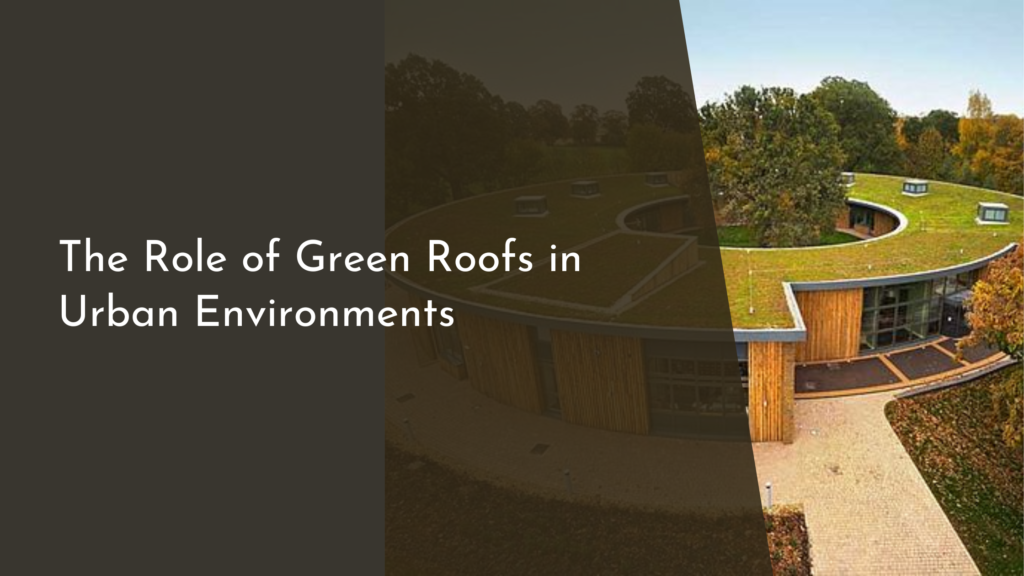Urban Forestry as a Space for Public Urban Protests
Urban forests, often overlooked in the hustle and bustle of city life, serve as vibrant green spaces that can significantly enhance public engagement and activism. As urban areas continue to grow, the need for accessible natural spaces becomes increasingly vital, not just for environmental health but also for social interaction and political expression. With their lush canopies and serene landscapes, urban forests provide a unique backdrop for community gatherings, protests, and movements advocating for change. This article explores how urban forestry can serve as a dynamic space for public urban protests, emphasizing the importance of greenery in fostering civic engagement and collective voices.
Exploring Urban Forests: Green Spaces for Activism
Urban forests offer a sanctuary for citizens who seek to express their opinions and advocate for social justice. The calming presence of trees and greenery creates an inviting atmosphere, encouraging community members to gather and share their thoughts. These parks and wooded areas can become platforms for innovative protest methods, from peaceful sit-ins to educational workshops, making them ideal venues for expressing dissent and mobilizing support. Events held in urban forests can draw diverse crowds, fostering a sense of unity and shared purpose among participants.
Moreover, the natural environment is not only aesthetically pleasing but also symbolizes resilience and growth, elements that resonate deeply with social movements. As activists harness the power of nature to bolster their messages, urban forests become not just passive settings but active participants in the discourse. This synergy between nature and activism enhances the visibility and impact of protests, reminding urban dwellers of the urgent need for environmental stewardship alongside social change.
The Role of Trees in Enhancing Public Protest Dynamics
Trees serve as powerful symbols in the context of public protests, representing strength, endurance, and the interconnectedness of life. When people gather beneath the branches of ancient oaks or vibrant maples, they are reminded of the larger ecosystem in which they exist, fostering a sense of responsibility toward both community and environment. This connection can influence the tone and message of protests, encouraging participants to advocate for holistic solutions that address social, environmental, and economic issues simultaneously.
Furthermore, the acoustic properties of urban forests can enhance the dynamics of public protest, allowing voices and messages to resonate more profoundly in the open air. The rustling leaves and chirping birds create a natural soundscape that can amplify calls for justice, making it easier for messages to be heard and felt. By physically positioning themselves within these natural spaces, activists can leverage the unique sensory experiences that urban forests provide, turning peaceful protests into memorable gatherings that leave a lasting mark on both participants and observers.
Community Connections: Nature and Civic Engagement Unite
The act of gathering in urban forests naturally fosters community connections, reinforcing the idea that activism is not solely about individual voices but collective action. These green spaces often serve as melting pots of diverse backgrounds, where people from different neighborhoods, cultures, and walks of life can come together to support a common cause. By promoting inclusivity, urban forests help break down barriers and encourage collaboration, creating a fertile ground for grassroots movements to flourish.
Additionally, the presence of urban forests can inspire a sense of ownership and stewardship among community members. When people engage with their local environment, they become more invested in the health and well-being of their surroundings. This sense of responsibility can lead to increased participation in civic activities, such as neighborhood clean-ups, community gardening, and climate action initiatives. Through these connections, urban forests emerge as vital hubs for civic engagement, where nature and activism converge to foster a more resilient and engaged community.
Celebrating Urban Forestry: A Canopy for Collective Voices
As cities grapple with issues like climate change, social inequality, and public health, urban forests stand as a testament to the power of nature in uniting communities and amplifying collective voices. Celebrating urban forestry involves recognizing its potential not only as a source of beauty but also as a critical component in the fight for social and environmental justice. By utilizing these green spaces for public protests, communities can draw attention to their demands while honoring the essential role that nature plays in their lives.
Creating a culture that values urban forests as venues for activism encourages ongoing dialogue about the importance of green spaces in our cities. Events that celebrate nature, such as tree planting days or environmental education workshops, can complement protests, strengthening the relationship between community activism and urban forestry. By fostering a collective appreciation for these natural spaces, we can ensure that urban forests remain vibrant places of resistance, solidarity, and hope for generations to come.
In summary, urban forests serve as essential spaces for public urban protests, enriching the dynamics of activism while fostering community connections and engagement. As we celebrate the beauty and significance of these green spaces, we must also recognize their potential to amplify collective voices and inspire meaningful change. By harnessing the power of nature, we can cultivate a culture of activism that not only addresses social issues but also prioritizes the health of our environment. Together, we can create a greener, more equitable urban landscape for all.

